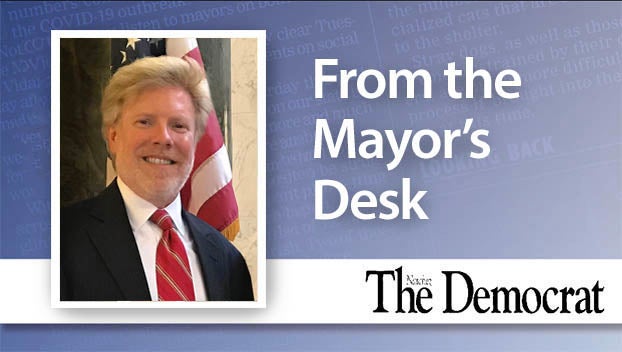Learn about Civil Rights Movement in class
Published 12:36 am Sunday, August 28, 2016
In a speech in 1984, then Mississippi Governor William Winter directly addressed Myrlie Evers-Williams, the widow of Civil Rights martyr Medgar Evers, who was in attendance. He said to her, “All the white folks owe you and Medgar as much as black folks. He freed us; we were all prisoners of that system. Because of him, we were able to shake off the bonds that held us.”
The system he referenced, the one that imprisoned whites as well as blacks in a sort of bondage, was that of Jim Crow. It was a system that countenanced barbaric injustices, rampant corruption, widespread poverty and robotic intellectual conformity, all in the name of maintaining racial segregation and white supremacy. That system was not simply morally reprehensible in its treatment of blacks, it was, for the great majority of the supposedly superior whites, stupidly self-destructive. As Governor Winter made plain, it was the Civil Rights Movement that freed blacks, and whites, from that dungeon. Whites like me, and many of you.
How had that system come to be, and how did the Civil Rights Movement come to dismantle it? In honor of the Natchez Tricentennial and in conjunction with its non-credit Special Interest Class Program, Copiah-Lincoln Community College will offer “The Civil Rights Movement, 1954-68: Narrative, Context & Legacy.”
As the title indicates, we will certainly cover the major events and major personalities of the Movement nationally and regionally, but also, in Mississippi and in Natchez. But we will try to put this historical narrative into context. What exactly was this system of Jim Crow that the Movement was moving against? What were the constitutional ramifications? And we will look at the profound earthquakes in political party politics that these events caused. Finally, there will be one class to ponder the movement’s legacies that are still with us.
Because, as William Faulkner remarked, “The past isn’t dead. It isn’t even past.” We southerners do dearly love this quote. We tell ourselves that from birth we possess that Faulknerian sixth sense that doesn’t reveal the future, but rather grants us “a sense of the past.” We remember our history not as a pastime but because we feel past times in our bones. This, we know, …we think.
But, while Faulkner most certainly believed that the past intrudes onto the present, he did not mean that most humans, much less southerners, actually sense that intrusion fully, or necessarily in a truthful way. University of North Carolina historian Joel Williamson, author of the excellent Faulkner and Southern History, tells us of Faulkner’s conviction that in fact the supposedly past-obsessed South “had not met its history. It had not coped with its past.”
Specifically, our flawed “sense” has been that of sight. Too often, we’ve been, and still are, colorblind. We have been unable, unwilling to see the past in its full spectrum, a spectrum including the histories of slavery and racial oppression. “History is power,” said Carter Woodson. I would specify that among its powers is the power to remedy our flawed vision. And once so remedied, to truly sense our past, our whole past in all its glory and all of its ugliness, we have to look it square in its multi-colored, kaleidoscopic eye. No squinting allowed.
Much has already been done nationally, regionally and locally to correct our selective vision. The hope is that this class can lend a hand to those ongoing efforts. We will begin Tuesday, September 6th, and meet each Tuesday after that for twelve weeks, through November 22nd. The class will be from 5:30 to 6:45 p.m., in the theater of the Natchez Visitor Reception Center at 640 South Canal St. There is a $45 fee. Please register in advance. To do so, contact Emily Edwards at Co-Lin at 601-446-1103, emily.edwards@colin.edu.
Jim Wiggins is a retired Copiah-Lincoln Community College history instructor and the course instructor for the special interest class “The Civil Rights Movement, 1954-68: Narrative, Context & Legacy.”





